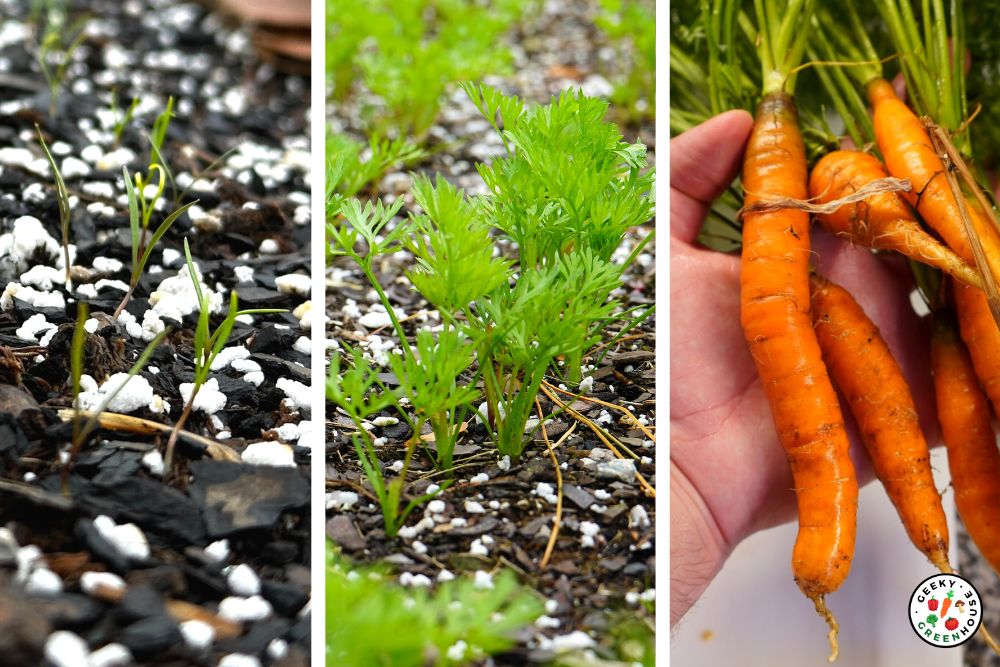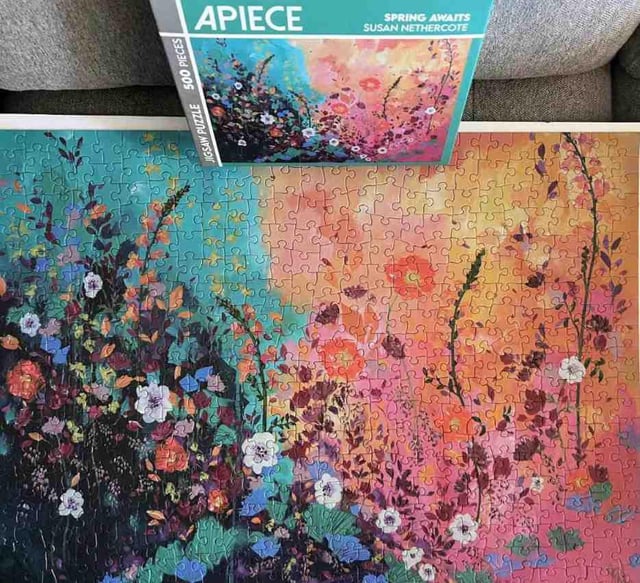Country Diary: Identifying And Cooking A Wild Carrot Relative

Table of Contents
Identifying Wild Carrot Relatives (Queen Anne's Lace)
Identifying wild plants correctly is crucial for safety, so let's delve into the details of identifying a wild carrot relative, specifically Daucus carota, commonly known as Queen Anne's Lace.
Botanical Characteristics
Recognizing Queen Anne's Lace requires careful observation of its key features. Look for:
- Umbel Flower Clusters: The defining characteristic is its flat-topped, lacy umbel of tiny white flowers. This umbrella-like arrangement is unique. The flower cluster often has a dark reddish-purple floret in the center.
- Ferny Leaves: The leaves are finely divided, resembling delicate fern fronds, deeply lobed, and pinnately compound.
- Taproot: The root is a long, slender taproot, similar in shape to a cultivated carrot, though usually much smaller and sometimes woody. It's this taproot that we'll be harvesting.
Variations in appearance exist depending on the plant's age, location, and soil conditions. Younger plants might have fewer, less developed leaves. Images are essential for accurate identification, so always compare your findings with multiple high-quality photos before harvesting.
Distinguishing from Poison Hemlock and Water Hemlock
Mistaking Queen Anne's Lace for poisonous lookalikes like Poison Hemlock (Conium maculatum) and Water Hemlock (Cicuta maculata) can have serious consequences. Here's how to differentiate:
- Poison Hemlock: Poison Hemlock has smooth, hairless stems with purple blotches. Its leaves are more triangular and less feathery than Queen Anne's Lace. The flower umbels are also generally larger and looser. Never consume a plant if you suspect it might be poison hemlock.
- Water Hemlock: Water Hemlock has smooth, hollow stems. Its leaves are more compound, wider and more glossy. It typically grows in wet areas, unlike Queen Anne's Lace, which prefers drier conditions. Always consult multiple sources and images for definitive identification.
Visual comparison images of all three are crucial here. If you have any doubt, do not consume the plant.
Safe Foraging Practices
Ethical and sustainable foraging is paramount. Follow these guidelines:
- Harvest Responsibly: Only take what you need, leaving plenty of plants for regeneration and to support local wildlife.
- Know the Laws: Be aware of any local regulations or restrictions regarding foraging on private or protected land. Always obtain permission before harvesting on private property.
- Timing is Key: The best time to harvest wild carrot roots is usually in the fall after the plant has flowered. The roots will be more developed and flavorful.
- Identify with Certainty: Never consume a wild plant unless you are 100% certain of its identification. When in doubt, throw it out.
Preparing and Cooking Wild Carrot Relatives
Once you've safely harvested your wild carrots, it's time to prepare and cook them.
Harvesting and Cleaning
- Careful Excavation: Gently dig up the roots using a trowel or digging fork, avoiding damage to the taproot.
- Thorough Cleaning: Wash the roots thoroughly under running water to remove any dirt, debris, or clinging soil. Use a brush if necessary.
- Trimming and Peeling: Trim off any damaged or unwanted parts. You can peel the roots if desired, but many people prefer to leave the skin on for added texture and nutrients.
Culinary Uses
Wild carrot relatives offer a unique flavor profile. They are slightly sweeter and earthier than cultivated carrots, with a hint of spice.
- Roasting: Roasting brings out the natural sweetness of the root. Toss with olive oil, herbs, and salt, then roast at 400°F (200°C) for about 30-40 minutes.
- Sautéing: Sautéed wild carrots are a delicious side dish. Simply sauté them with butter or olive oil until tender.
- Soups and Stews: Add chopped wild carrots to soups and stews for added flavor and texture.
- Salads: Grated or thinly sliced wild carrot can add a peppery, earthy note to salads.
Recipe Ideas: Try incorporating wild carrots into your favorite carrot cake recipe or add them to a hearty minestrone soup for a unique twist.
Conclusion: Embrace the Bounty of the Wild Carrot Relative
Identifying and preparing wild carrot relatives, like Queen Anne's Lace, offers a rewarding connection to nature and a chance to enjoy a unique, flavorful ingredient. Remember, accurate identification is crucial to avoid dangerous lookalikes. Always double-check your identification using multiple reliable resources. Start your wild carrot relative foraging adventure today! Learn more about identifying and cooking this delicious wild food, and remember to always prioritize safety and responsible harvesting.

Featured Posts
-
 Anderlecht Een Aantrekkelijk Bod Afwijzen Is Onmogelijk
May 30, 2025
Anderlecht Een Aantrekkelijk Bod Afwijzen Is Onmogelijk
May 30, 2025 -
 Hanouna Le Pen 2027 Jacobelli S Inquiete D Une Exclusion De La Candidate
May 30, 2025
Hanouna Le Pen 2027 Jacobelli S Inquiete D Une Exclusion De La Candidate
May 30, 2025 -
 The Los Angeles Wildfires A Case Study In Disaster Betting Trends
May 30, 2025
The Los Angeles Wildfires A Case Study In Disaster Betting Trends
May 30, 2025 -
 Kontrowersyjna Kampania Mentzena Przed Wyborami Prezydenckimi 2025
May 30, 2025
Kontrowersyjna Kampania Mentzena Przed Wyborami Prezydenckimi 2025
May 30, 2025 -
 Glastonbury Lineup Major Band Missing Causes Fan Outrage
May 30, 2025
Glastonbury Lineup Major Band Missing Causes Fan Outrage
May 30, 2025
Latest Posts
-
 Discounted Spring Hotel Stays Up To 30 Off Lavish Hotels
May 31, 2025
Discounted Spring Hotel Stays Up To 30 Off Lavish Hotels
May 31, 2025 -
 Exploring The Boundaries Of Ai Learning Towards Responsible Ai Development And Deployment
May 31, 2025
Exploring The Boundaries Of Ai Learning Towards Responsible Ai Development And Deployment
May 31, 2025 -
 Responsible Ai Acknowledging The Limits Of Ai Learning Capabilities
May 31, 2025
Responsible Ai Acknowledging The Limits Of Ai Learning Capabilities
May 31, 2025 -
 Exploring The Boundaries Of Ai Learning A Path To Responsible Ai
May 31, 2025
Exploring The Boundaries Of Ai Learning A Path To Responsible Ai
May 31, 2025 -
 Up To 30 Off Your Luxurious Spring Hotel Awaits
May 31, 2025
Up To 30 Off Your Luxurious Spring Hotel Awaits
May 31, 2025
